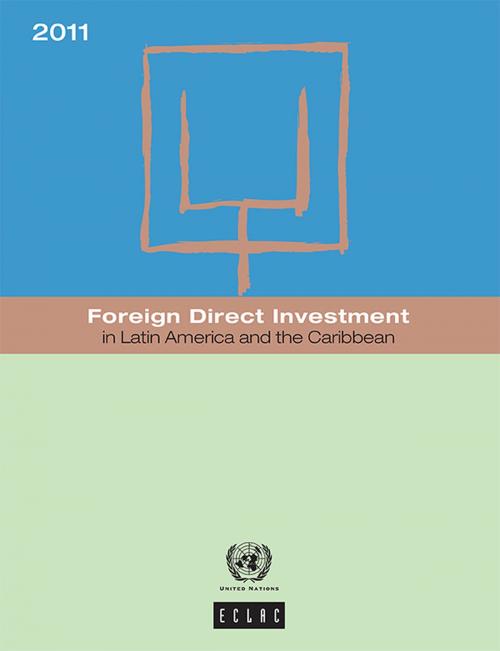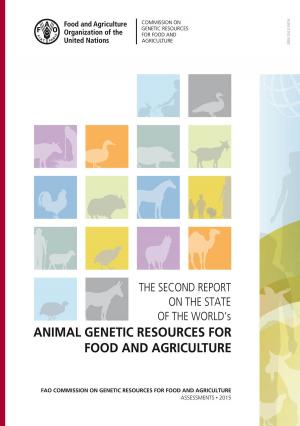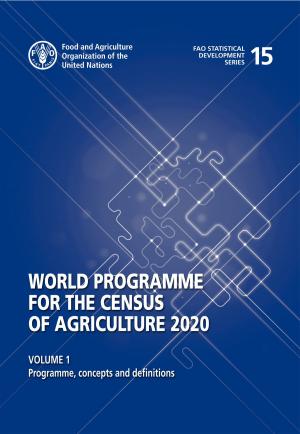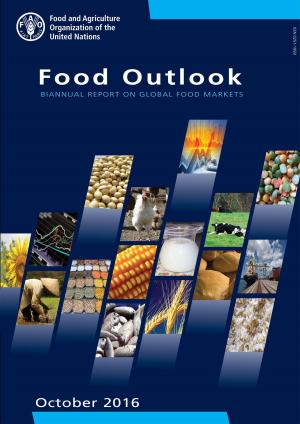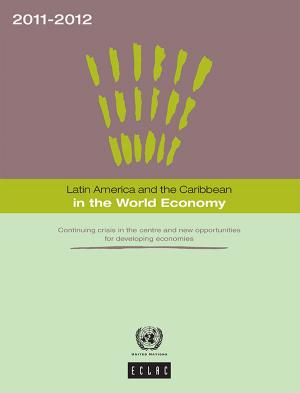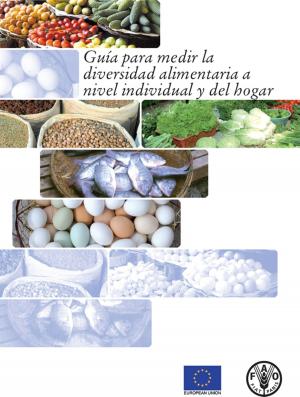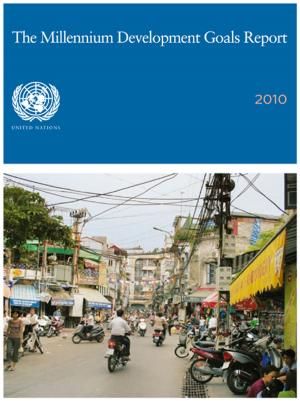Foreign direct Investment in Latin America and the Caribbean 2011
Business & Finance, Finance & Investing, Finance| Author: | ISBN: | 9789210505154 | |
| Publisher: | United Nations | Publication: | December 15, 2009 |
| Imprint: | Language: | English |
| Author: | |
| ISBN: | 9789210505154 |
| Publisher: | United Nations |
| Publication: | December 15, 2009 |
| Imprint: | |
| Language: | English |
As in previous years, this report provides a quantitative overview of foreign direct investment (FDI) inflows and examines these capital flows by destination economic sector and geographical area of origin. It describes the pattern of FDI originating in the countries of Latin America and the Caribbean, focusing on the international expansion under way at some of the regions major companies, the socalled trans-Latins. The main theme of the report is the operations of European companies in Latin America and the Caribbean. Because the European Union economic bloc is the leading origin of inward FDI in the region, the main characteristics of European FDI are reviewed, identifying the leading investor countries and their preferred destination economies and sectors in Latin America and the Caribbean. The report examines the behaviour and strategy of the major European transnationals and, in search of a more thorough understanding, takes a detailed look at two sectors where foreign capital, especially from Europe, plays a substantial role: commercial banking and power.
As in previous years, this report provides a quantitative overview of foreign direct investment (FDI) inflows and examines these capital flows by destination economic sector and geographical area of origin. It describes the pattern of FDI originating in the countries of Latin America and the Caribbean, focusing on the international expansion under way at some of the regions major companies, the socalled trans-Latins. The main theme of the report is the operations of European companies in Latin America and the Caribbean. Because the European Union economic bloc is the leading origin of inward FDI in the region, the main characteristics of European FDI are reviewed, identifying the leading investor countries and their preferred destination economies and sectors in Latin America and the Caribbean. The report examines the behaviour and strategy of the major European transnationals and, in search of a more thorough understanding, takes a detailed look at two sectors where foreign capital, especially from Europe, plays a substantial role: commercial banking and power.
